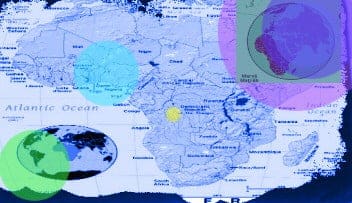 eLearningworld News from US
eLearningworld News from US
One of the biggest challenges in fighting poverty is the lack of reliable information in order to identify which regions’ where aid is mostly needed. Especially since these regions often is hard to reach. A new poverty mapping-technique developed by interdisciplinary researchers at Stanford now offers a solution to this problem. The basic idea was to design an algorithm that learns how to solve the puzzle by combing through raw data without direct human intervention. “As the model learns, it picks up whatever it associates with increasing light in the nighttime images, compares that to daytime images of the same area, correlates its observations with data obtained from known field-surveyed areas and makes a judgment,” David Lobell, a member of the research team said to Stanford News. With this machine learning method that uses satellites as hardware aid can be delivered faster and more poverty zones can be identified. Source: Stanford News
Opens in a new tab


